By Ryan Hecht, Arvada Chamber of Commerce Marketing Director
Mirror Image Arts is committed to disrupting the pipeline to prison by utilizing Restorative Theatre™, positive youth development, and trauma-informed and restorative approaches. MIA uses theatre as a vehicle to understand social interactions and creates social context for youth to make meaning in a freedom-to-fail environment. The team is made up of skilled theatre makers who are first aid mental health youth certified, with ongoing training in relevant evidence-based practices.
We sat down with Theresa Mazza, Executive Director of Operations, and Maya Osterman-Van Grack, Executive Director of Programs, to learn more about how this Arvada-based non-profit is making an impact across Jefferson County.
How do you get connected with the individuals who go through this program?
Maya: “It varies. We do programming in prevention, intervention, and reintegration. With each of those spaces, how we end up there is slightly different.
Intervention is our direct service to young people and our focus is on incarcerated youth or youth that are along the prison pipeline. Within detention centers, most of our work has been in Jefferson County. We started our programming at Lookout Mountain and we’re currently at Mountain View Youth Services Center and we run diversion programming through the 1st Judicial Dictrict’s Pathways program.
We are also at facility schools. There’s 34 facility schools in Colorado and they’re opening four more. The Office of Facility Schools is one of three offices under the Exceptional Student Services Unit (along with the Office of Special Education and the Office of Gifted Education). Based on our methodology of how we approach the work with a focus on youth of high trauma impact, those are the spaces where we feel that we can best serve the community and youth.
The youth we serve with reintegration is a new venture for us. We have now been in detention centers for long enough that we have youth who have come out and are now seeing their struggle. We are watching them end up back in the system, but in the adult system, and also hear stories from family members of previously incarcerated youth and their struggles. We are working to support families with incarcerated youth and how to navigate becoming a family again. Bringing someone back into this community is how we started that work.”
So why theater?
Maya: “Hmm, yes, why theater? The reason our founder created this organization was that she wanted to become the adult she didn’t have as a young person. What we have learned, both through practitioner work and through research and science, is that trusted adults are one of the greatest factors in shifting the trajectory of a young person’s life. That has always been at the forefront of this organization and how we do the work.
Our founder was a theater kid. When I came in, I was a theater kid. The reason that theater works is because of all the art forms, theater is the study of humanity. It is the art form of storytelling and story sharing. We’ve learned that one of the greatest ways to feel valued, seen, and heard is through sharing your own story and hearing yourself and other people’s stories. Part of our name, Mirror Image, relates to how we do the work. We put up a mirror and reflect back to our young people their own experiences. In a lot of underserved populations, they rarely get that. So that’s why theater.”
That is beautifully said. Staying on theater: How can that art form benefit groups in business and in the community who are working together?
Maya: “We say theater and then we actually have a very specific type of theater that we’re building out called Restorative Theatre™. It is theater rooted in restorative justice practices as well as other evidence-based practices in alignment with the populations that we serve. The greatest tool that restorative theater does is it’s a rehearsal for reality. So we’re not just playing games. Our work is about recreating experiences that we all go through regularly in a safe container to then courageously try new things. All of our work is rooted in the idea of taking the things that happen and then playing with them and testing them out.
In terms of adults and businesses, there’s so many skills around social-emotional development that I think especially in our current workforce, adults are craving. We don’t compartmentalize anymore. We bring our full selves to our work and that’s an entirely new way of navigating being in a community and workspaces that our type of theater leans on and creates a container to acknowledge those things and say, ‘Yes, it’s hard. Being human with each other is hard. So let’s work through these things together.”’
Theresa: “For the sake of the Chamber, if there were any businesses or organizations looking at the emotional intelligence of their staff and the culture as a whole, we could help navigate next steps that you want to take to become a more human-centered or healthier organization.
In our work with schools and disrupting the pipeline to prison with youth, we are helping those systems shift from a punitive system to a restorative system. The same thing happens in the workplace. In your workplace, does it feel like a punitive space or does it feel like a healthy space where people feel free to be who they are and show up as their best selves and produce the best work?”
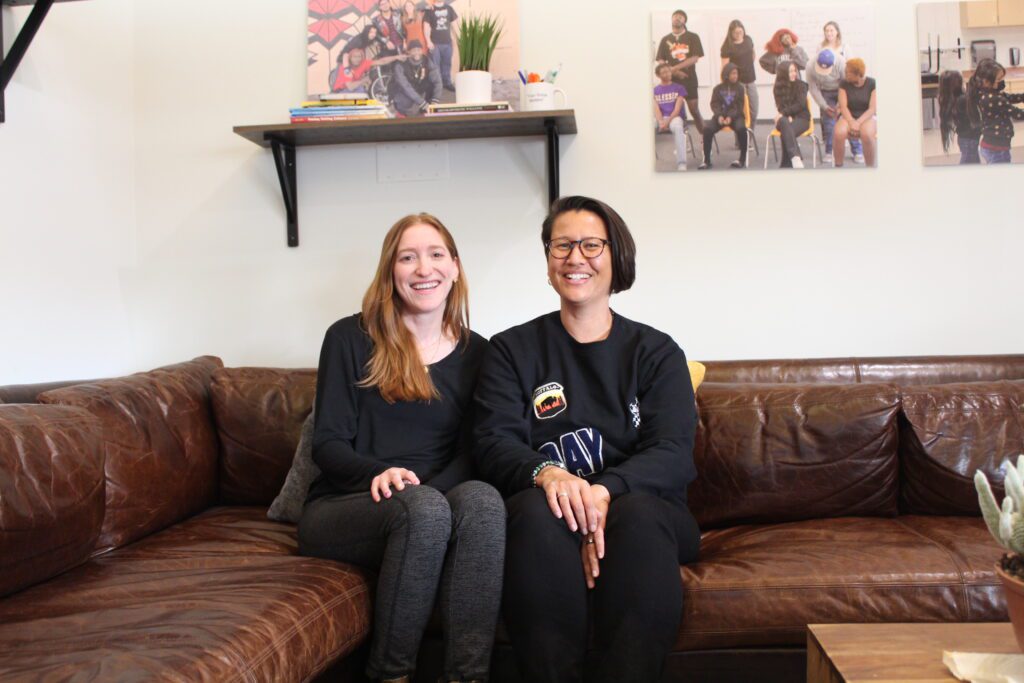
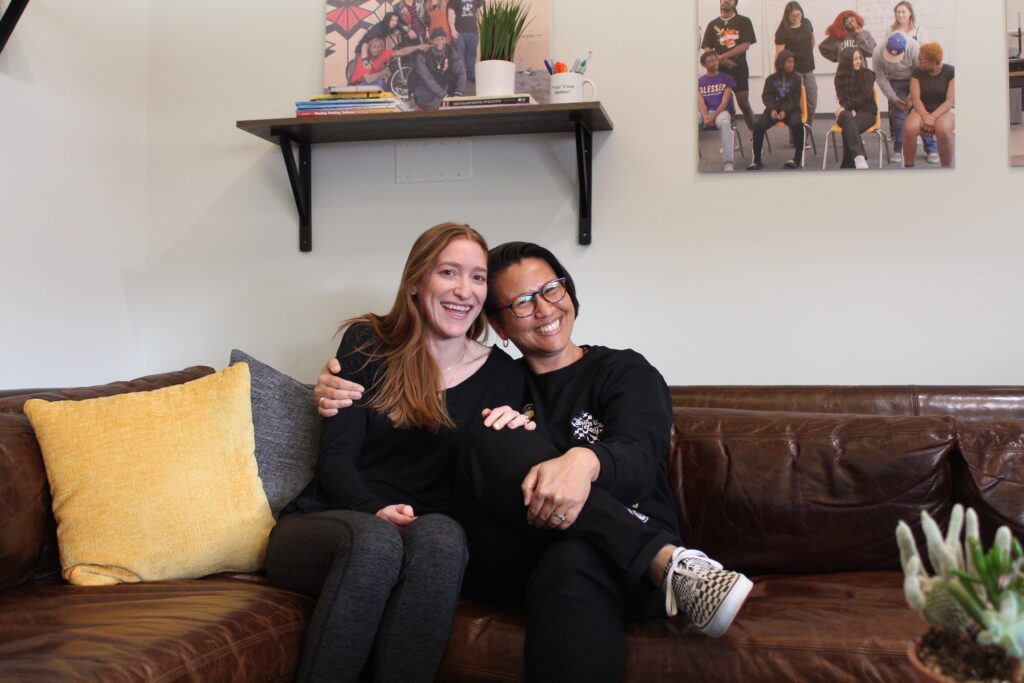
How else can the business community help?
Theresa: “In the conversation about reintegration, we are going to need full community support because we are talking about pre-apprenticeships and then apprenticeships. There are a lot of gaps in literacy like document literacy and financial literacy that young people need support in. Businesses can help us with different aspects of helping young people become literate in areas that they need to be thriving adults.”
Maya: “We’re building a center with a lot of components. One of the things that we want to offer is pro bono therapy for our youth. So we’re looking for individuals that are interested in that type of work. We’re going to have a boutique where we will be looking for donations for professional clothing to help our youth to be able to do interviews. “
Theresa: “This is a commitment, but it would be beautiful to know who rises to the top as far as interest. We will have young people who need employers that will give them a chance in life and will train them. If we don’t have any employers that will step in and partner in that way and invest in people, then we will hit a dead end.”
What does success look like in your program?
Theresa: “If I can shift the framing on that a bit, I would say ‘What does moving forward look like?’ Because it’s a process And I think our society has a certain idea of what success is.”
Maya: “We were just sitting in here talking with Terrence, who met MIA when he was 15 years old. He’s now on our staff as an apprentice. He’s 25. What does success look like moving forward? It looks like we’re still in his life. He’s still in our life. And he’s part of this community.
For me, moving forward as a process means our organization continues to be connected to the community we work with and evolving with them. Our entire reintegration program was catalyzed by real people with real stories. When we stay connected with an apprentice, we see all these markers. We see when you’re ready for a type of job. We pivot and pull back if we see gaps that happen developmentally when you are growing while incarcerated. There are skills that you were deprived of that were actually quite necessary for you to survive, that we now need to deconstruct and heal and repair in order to move from surviving to thriving.
Another success story is how many of our young people in detention centers say to us, ‘How do I stay involved? I’m getting out and I’m really nervous because I don’t know how I’m going to do this thing.’ We can now say to them that we have a mentoring program and they’re not going to be left behind.
Success looks like growing up with people and staying in their life. That’s success. We had a student who joined our board as a youth board member and he moved away and was struggling. Theresa was able to find him and reconnect with him. To me, success was him texting me a picture of him and his girlfriend and sharing that he’s never felt love like that. He felt like he was finally in a healthy relationship with someone.”
Wow. I can see that this work is rewarding. I know it must also be devastating. How do you manage and prioritize your own mental health to be your best self in this work?
Theresa: “As an organization, it starts with us right here in this office and living out the practices that we’re teaching young people and adults who serve youth. “
Maya: “We have a professional somatic therapist who comes in once a month to work with our staff. Our programming team that is in the field facilitating gets to meet with our therapist to process all of the stories to support and try and combat secondary trauma. And then we meet once a month as a whole team to continue to unpack and navigate our culture. That’s one of many things that we do to support our team to say ‘You matter just as much as the populations we serve.”’
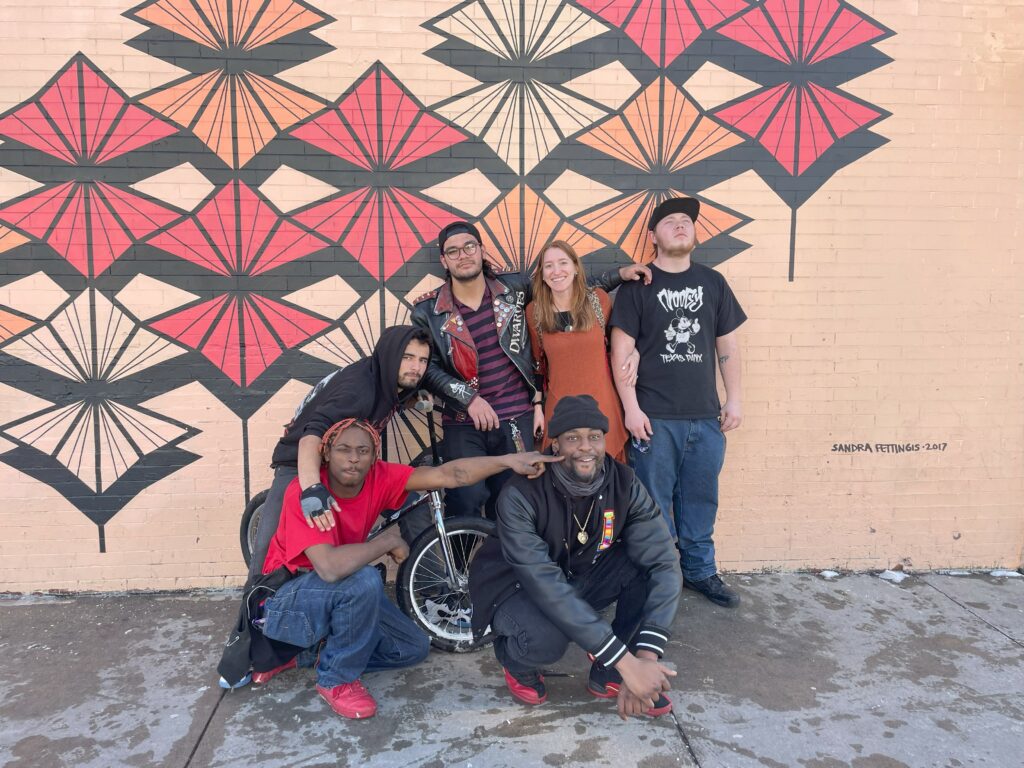
What is the biggest barrier to your work?
Theresa: “I think the biggest barrier is mindset. It’s a cultural mindset and we have to shift around over-criminalizing young people. We need to shift what it looks like to contribute to society and not contribute to society; how we view people and create a narrative about people. The biggest barrier we have, whether it’s working with the business that wants to fund us or working with our partner, is shifting people’s mindset around the person they see in front of them.”
Maya: “Yes, 100%. I think in America, there is this mindset that it’s someone else’s job. The nonprofit field has become the catch-all to our societal problems. We don’t have to create policies or systems or work together in an ecosystem to solve these things. That’s what nonprofits do. And because they’re passionate about it, they’re going to do it for very little money and work extra hard to solve all these problems. So it is a mindset thing.”
Why did you join the Chamber?
Theresa: “We joined specifically because we believe we’re not in this work alone. And we believe in the value of knowing your neighbor, serving your neighbor, and being a good neighbor. And so I thought there’s no better way to dive into that than to join the Chamber and meet people. Every time you go to a meeting, you meet new people. There have already been Chamber members who have connected with us and want to collaborate.”
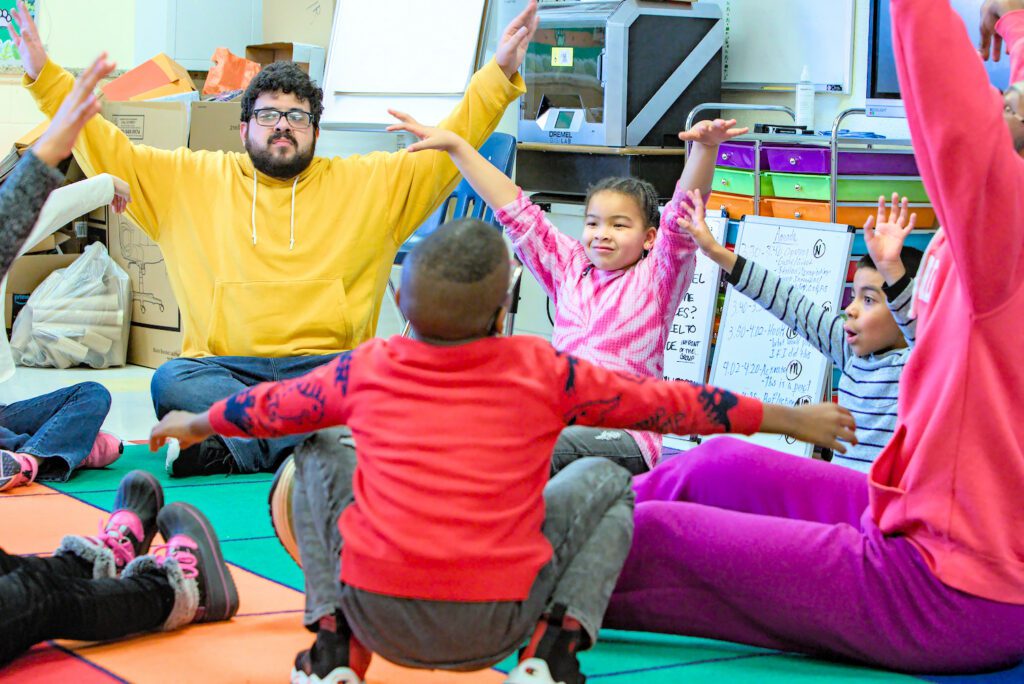
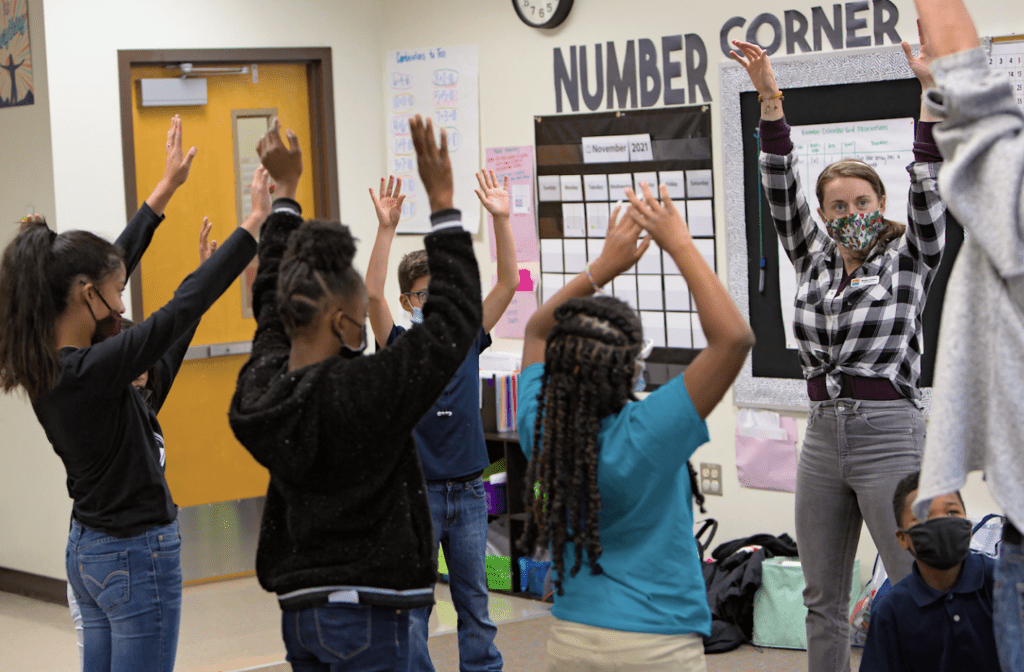
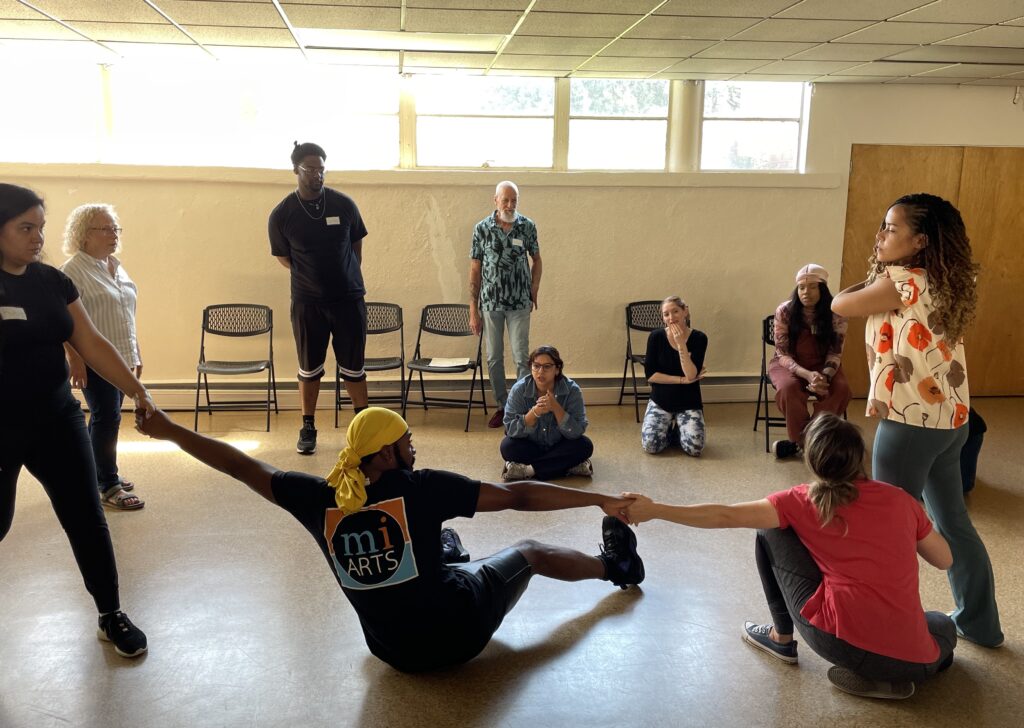
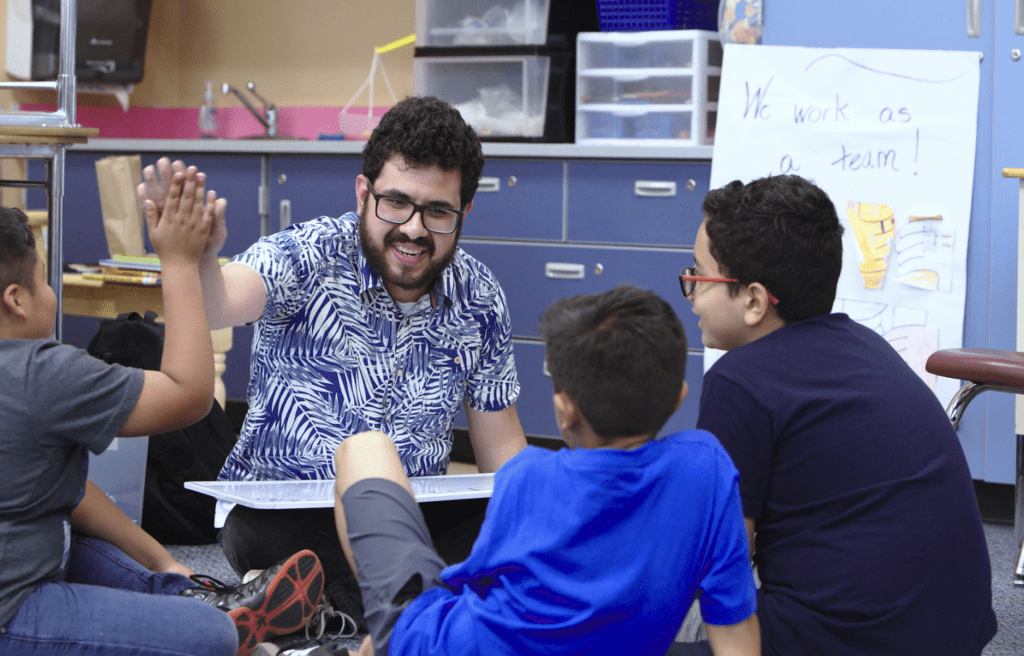
Mirror Image Arts
6490 Carr St, Arvada, CO
www.mirrorimagearts.org
Phone: (720) 708-8629
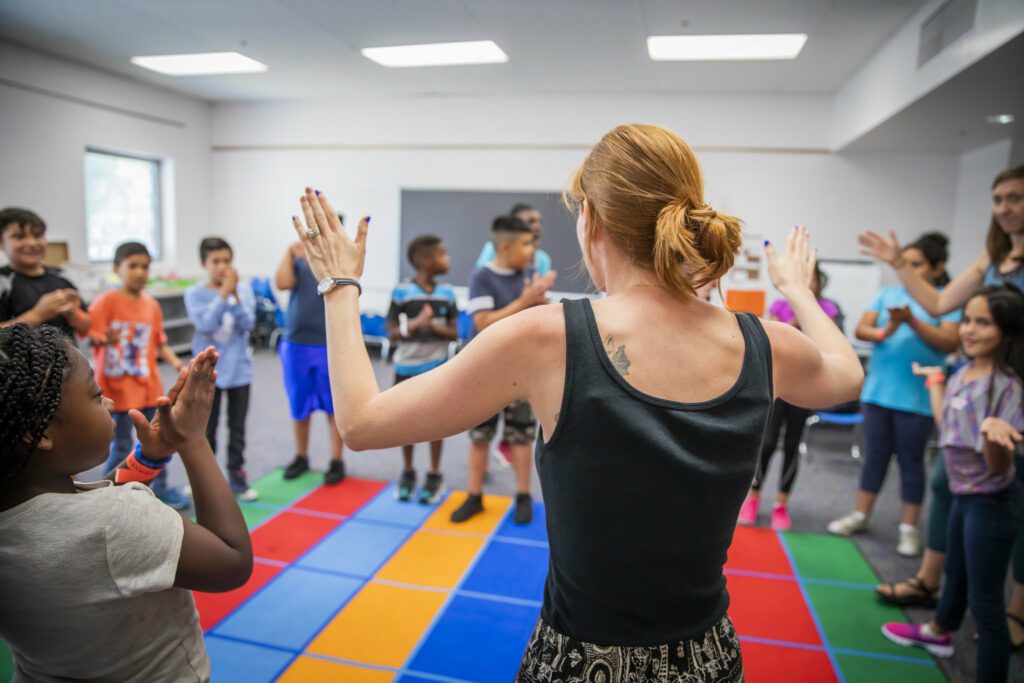
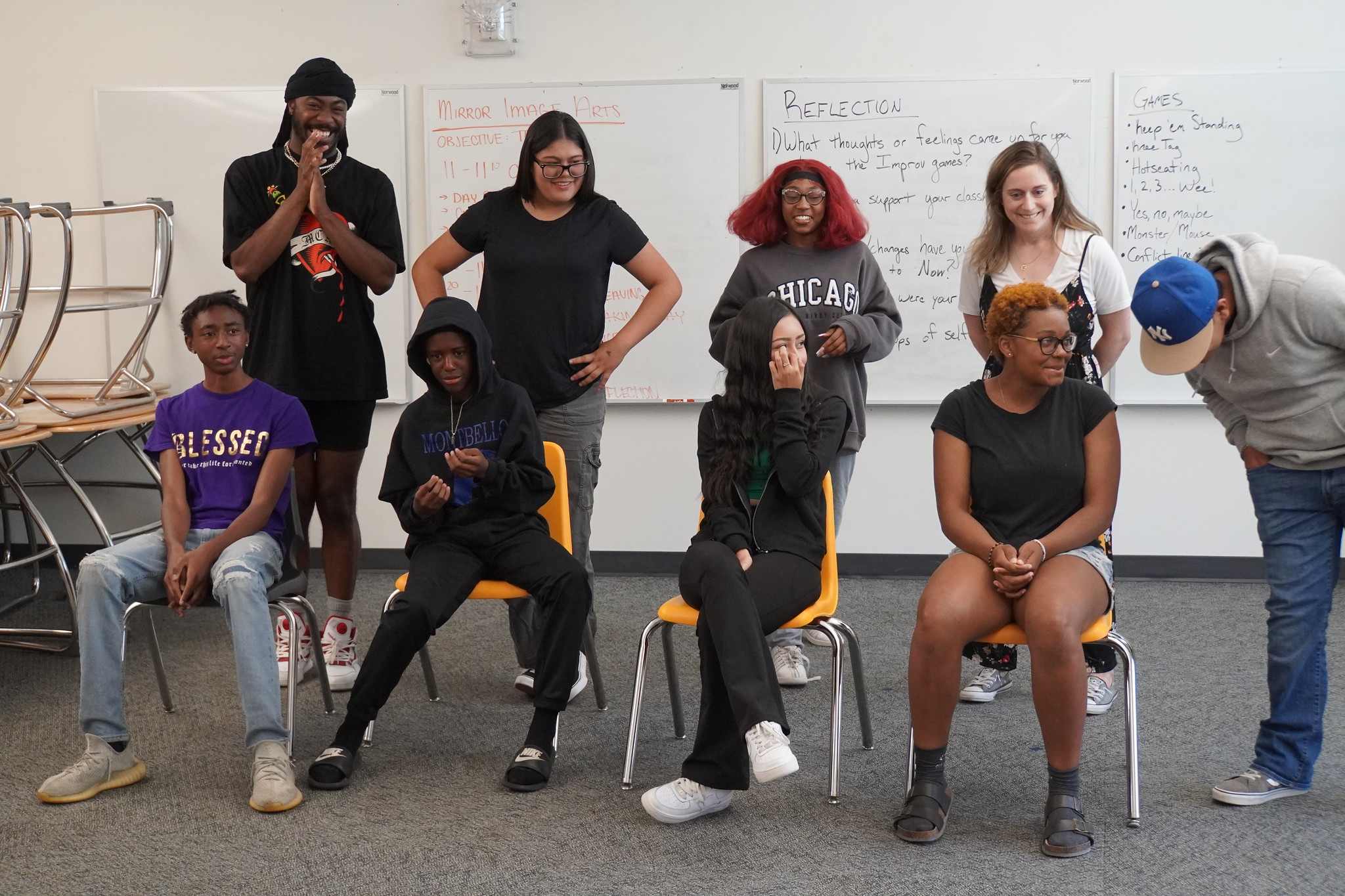
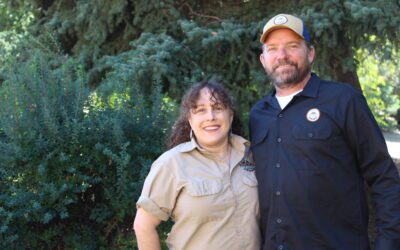
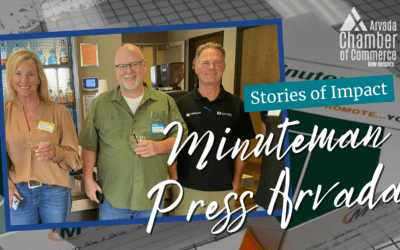
0 Comments